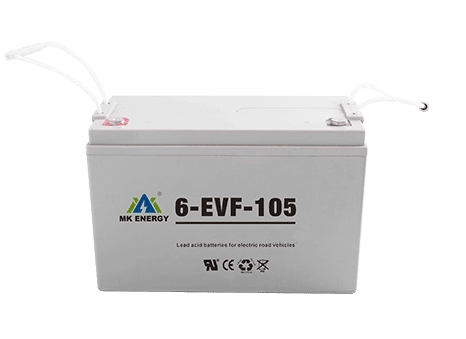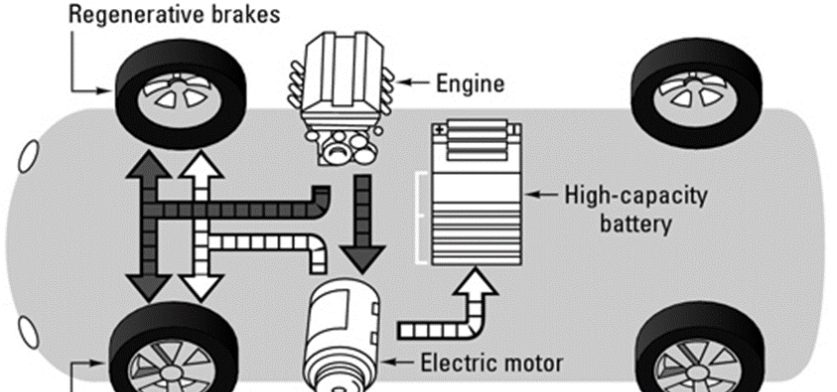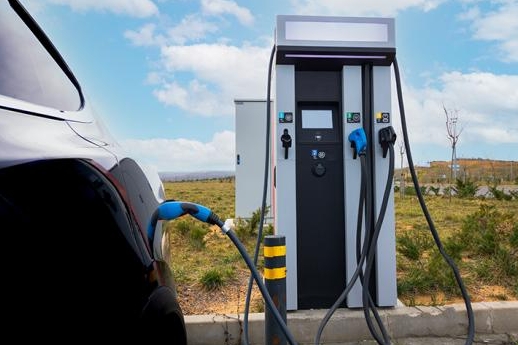Traction batteries are at the heart of a vehicle’s powertrain, providing the energy needed to propel the car forward. These high-capacity batteries, often called EVF traction battery, are an alternative to conventionally powered vehicles. In this comprehensive guide, we’ll explore the many uses of EVF traction batteries and shed light on their essential functions in the electric vehicle world.
Using EVF traction battery to power electric vehicle motors
They are typically designed for light-duty electric vehicles and have high-capacity lead-acid batteries. These batteries store electrical energy in a chemical form and release it as needed to drive the electric motor, providing the car with the torque and power required for acceleration and propulsion. The electric motor in a lightweight electric vehicle converts electrical energy from the traction battery into mechanical energy to drive the wheels. The process involves using power electronics, such as an inverter, which controls the flow of electricity from the battery to the electric motor, regulating speed and torque output based on driver input.
Optimizing energy efficiency and range with EVF traction batteries
A critical use case for EVF traction batteries is their ability to efficiently store and release energy using advanced battery chemistries and cell configurations optimized for different light vehicle applications. This enables it to store large amounts of power in a compact, lightweight package and maximize driving range. This high energy density allows electric vehicles to travel greater distances on a single charge, reducing the need for frequent charging and improving overall energy efficiency. A battery management system is also available to manage the battery’s state of charge (SOC) and temperature to maximize energy efficiency and extend battery life.
EVF traction battery enables regenerative braking and energy recovery
EVF traction batteries are also used to enable regenerative braking and energy recovery, with the electric motor running in reverse mode and acting as a generator when the driver applies the brakes in a lightweight electric vehicle equipped with regenerative braking technology. The engine generates electricity by resisting wheel rotation as the wheel slows down. This electrical energy is then fed back into the power battery, replenishing its charge and improving overall energy efficiency. One of the main advantages of regenerative braking is its ability to capture and utilize energy that would otherwise be wasted as heat during traditional friction braking. By converting kinetic energy into electrical energy, regenerative braking significantly reduces brake wear and extends the life of brake components, thereby lowering maintenance costs and increasing reliability.
Support electric vehicle fast charging infrastructure
EVF traction batteries can withstand high power charging rates, making them compatible with fast charging technology for fast charging without compromising battery performance or lifespan. As a result, lightweight electric vehicles equipped with EVF traction Batteries can use fast charging stations to recharge their batteries quickly and efficiently. They support fast-charging infrastructure by providing the necessary energy storage capacity to accommodate fast charging. These batteries can absorb high power charge rates without overheating or degradation, ensuring reliable and efficient charging performance.
Improving light electric vehicle performance
In addition to propulsion, EVF traction battery help improve vehicle performance and driving dynamics. Lightweight electric vehicles with high-performance traction batteries provide exciting acceleration and responsive handling characteristics by delivering instant torque and smooth power delivery. EVF traction batteries enable excellent driving range without sacrificing performance or payload capacity. This extended range capability makes LEVs more versatile and practical for daily commuting, urban transportation, and recreational use, reducing the need for frequent charging and increasing overall usability.
Ultimately
Uses for EVF traction batteries range from improving the efficiency and range of electric vehicles to enabling regenerative braking and supporting fast charging infrastructure. These high-capacity cells reduce our dependence on fossil fuels, and EVF traction batteries will continue to play a vital role in lightweight battery vehicles.




